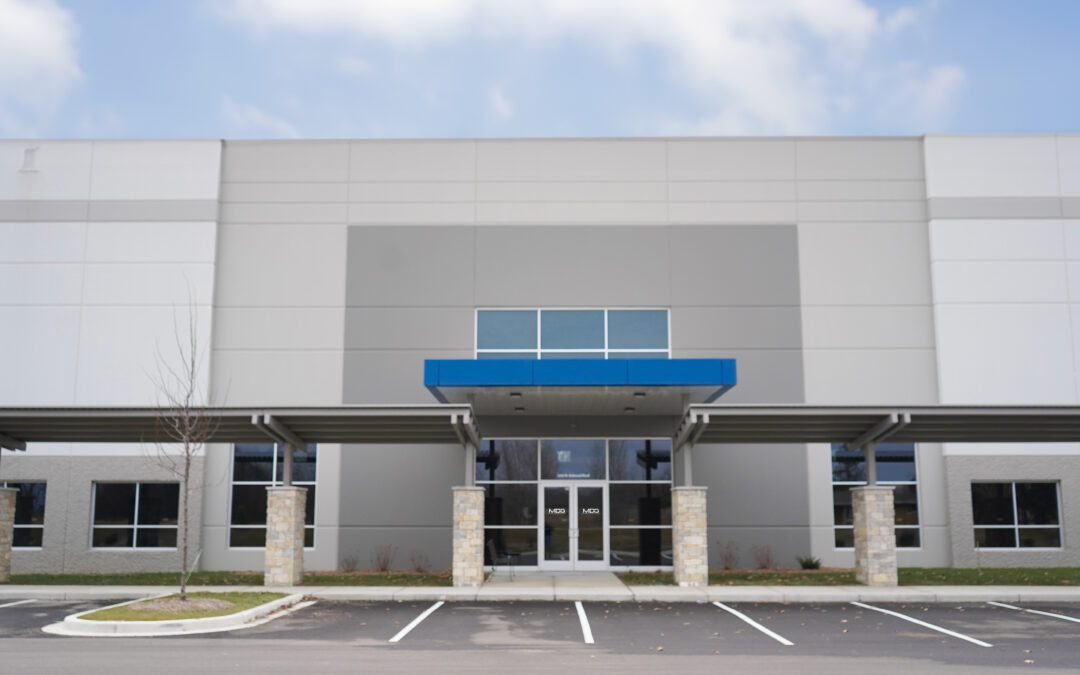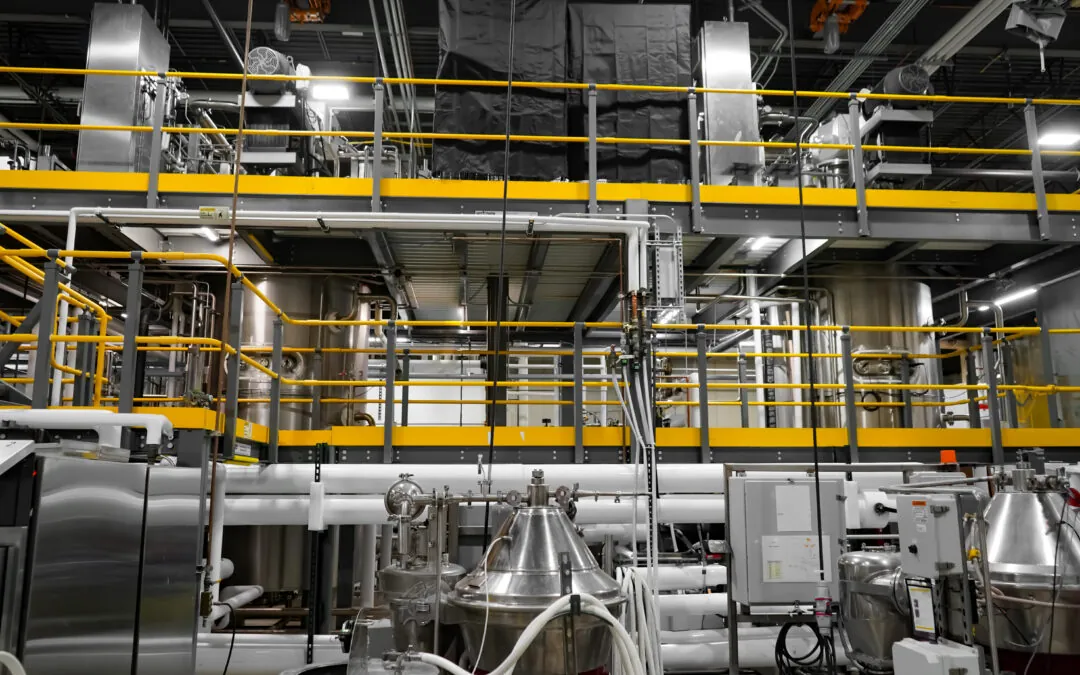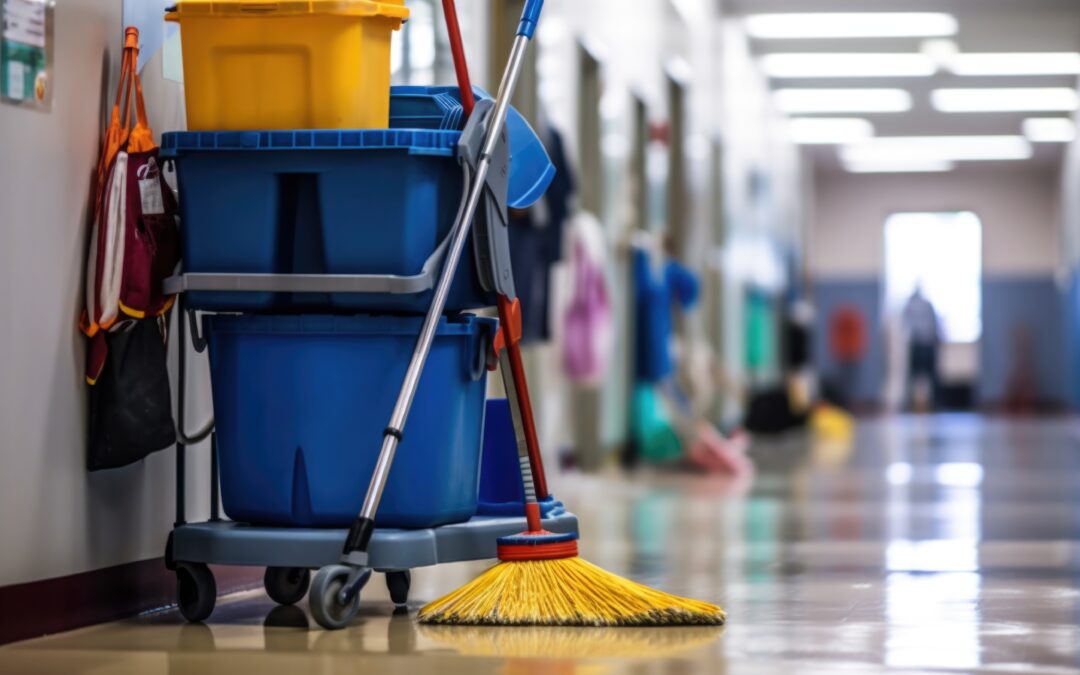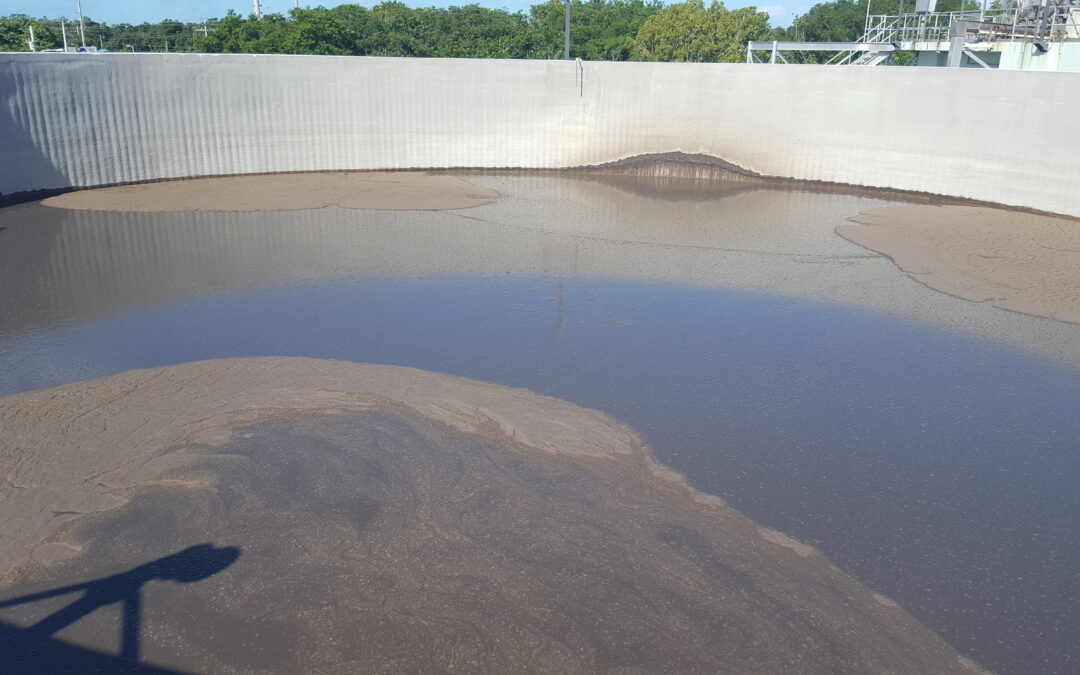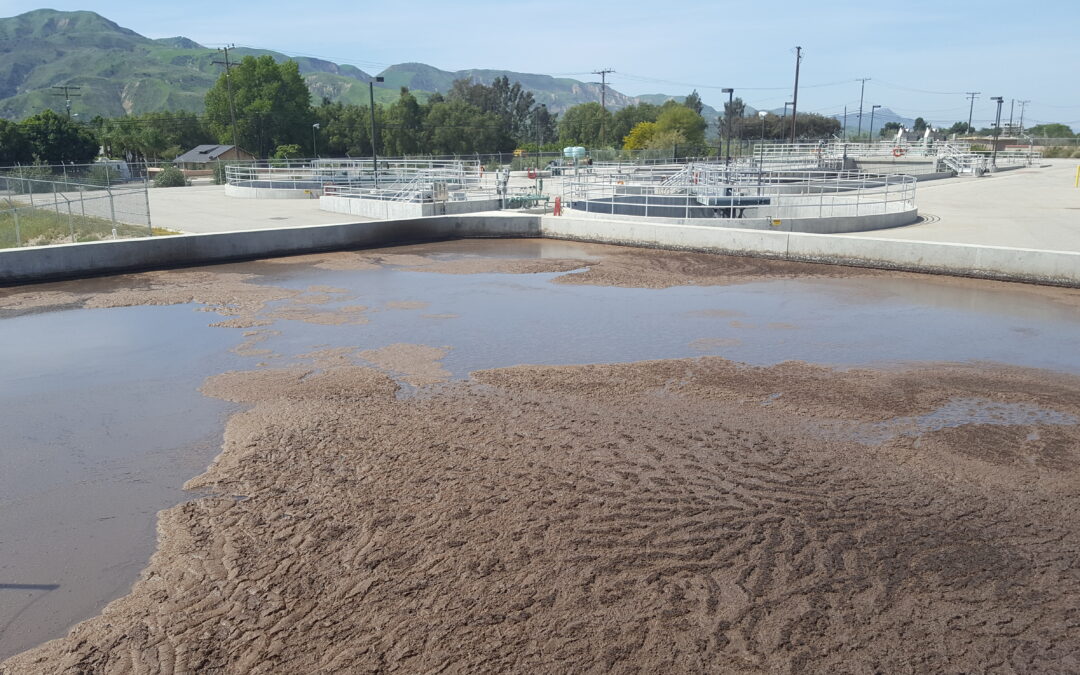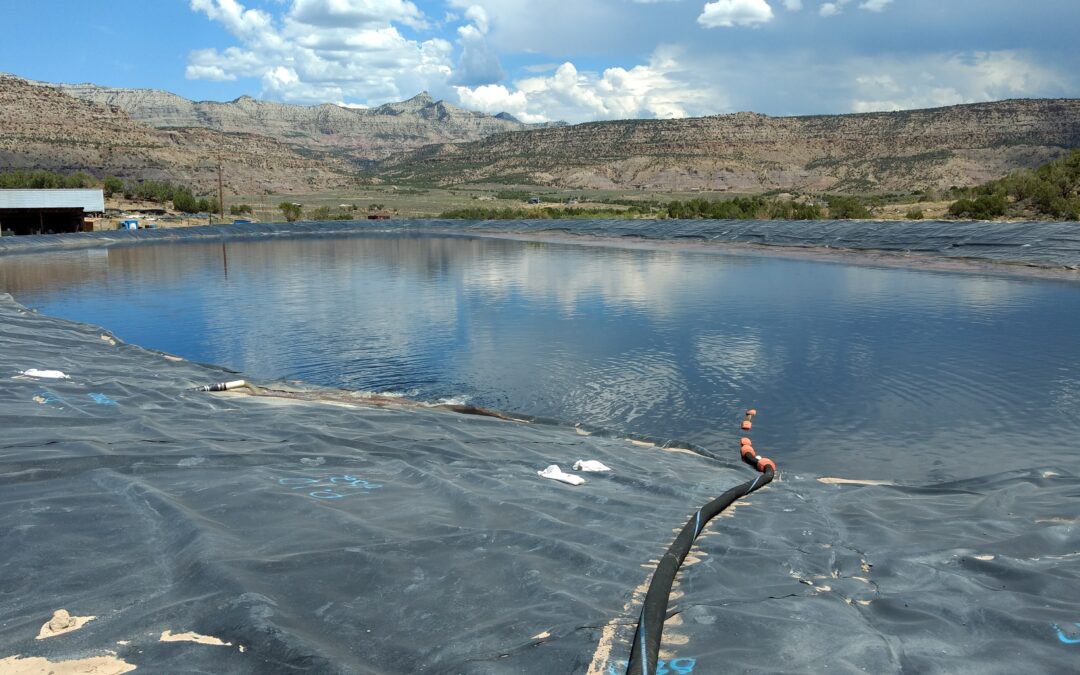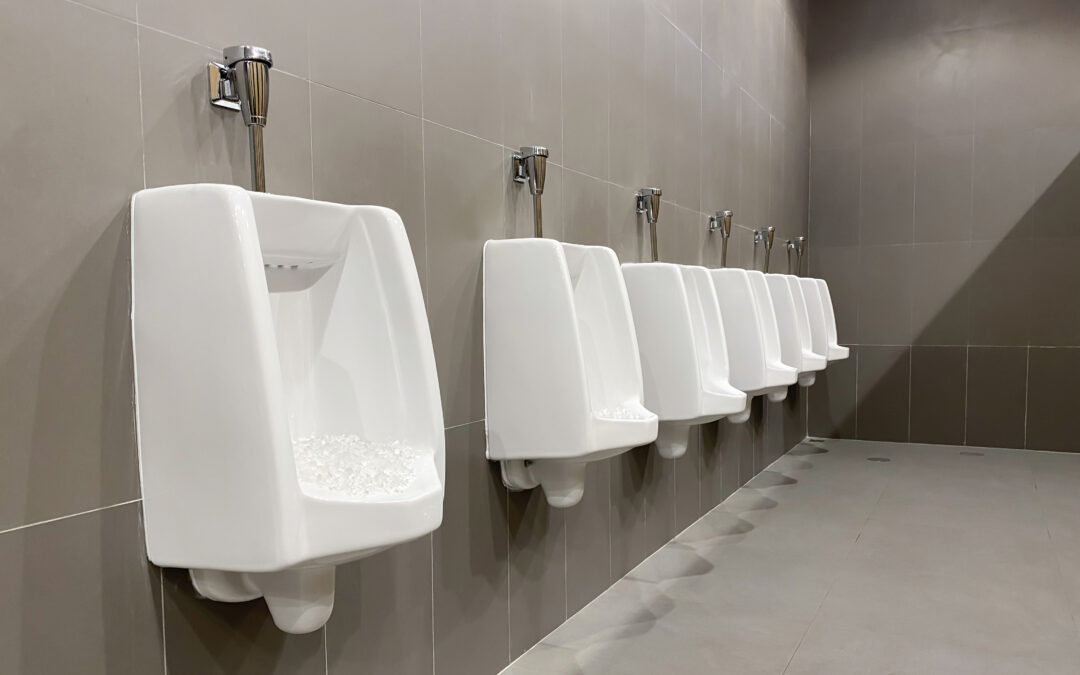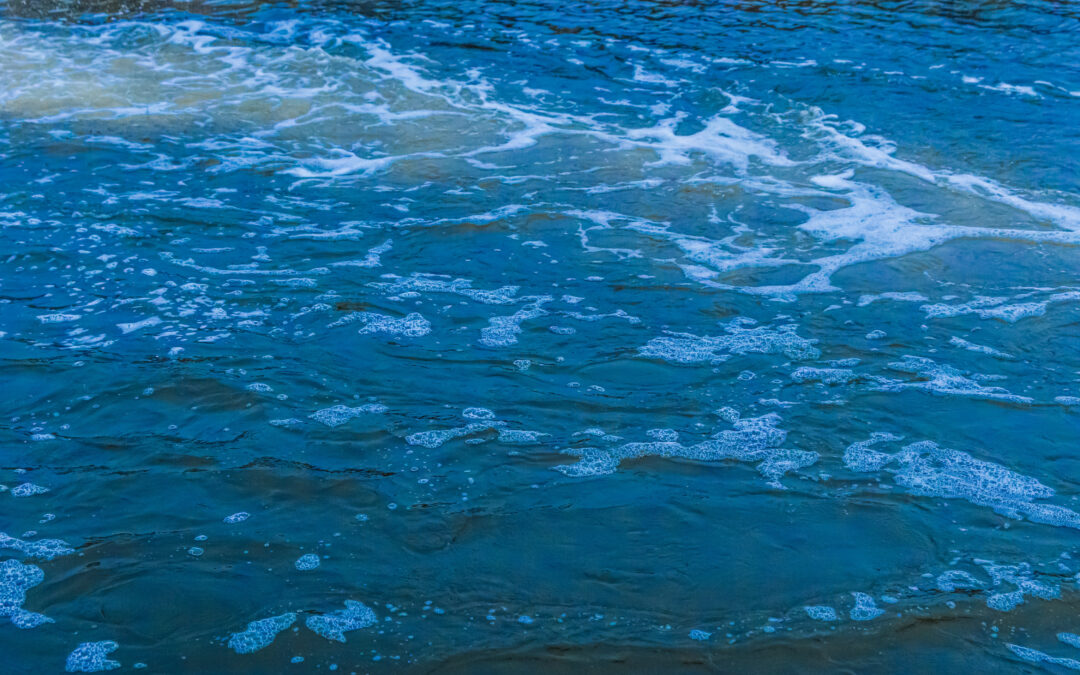Have you ever looked at your neighbor’s lawn and wondered how they grow such green grass? You quickly hop on the internet and search for tips and tricks to a greener lawn only to find there’s no simple solution, there’s work involved. The principle of having to take care of your lawn in order to produce results is reflected across most areas of work. People working in bioremediation either know this already, or are reading this article to find tips and tricks to effectively treat soil. Here’s some good news, the same principles for growing green grass can be applied to make Bacillus products work well in bioremediation applications. Just as there are some commonly known standards to growing grass, such as water is required, microbes are a standard for success in bioremediation sites, but MDG believes in a applying a total systems approach to bioremediation.
The Secrets To Success:
Nitrogen and Phosphorus. Many of you have probably read about adding fertilizer to your lawn to get green grass. Ever wonder why? A healthy lawn requires the nitrogen and phosphorus nutrients (and potassium) that are found in fertilizers. It’s the same for bioremediation. Nitrogen and phosphorus are essential nutrients to any bioremediation site as they create a healthy environment for hydrocarbon degrading microbes to thrive; the hydrocarbon you are remediating provides the carbon source to the site. Limitations in macro nutrients will prevent the microbes from working, which is why it is always important to test your soil to make sure you aren’t macro nutrient limited.
pH. Occasionally, you may have to get your soil tested to make sure you don’t have a unique pH situation. At times it can be too acidic or alkaline for strong grass health. Similar to wastewater, the closer the pH is to neutral (7.0), the better.
Aeration. Every year it is recommended to get your lawn aerated. This is the process of poking holes in the surface of your lawn to allow for water, nutrients and air access to the roots. The same is needed for bioremediation success; you have to turn the soil often (weekly or even more often) to allow for good aeration. Many of the hydrocarbons you are trying to break down in the processes require oxygen to complete the reaction. A good rule of thumb for both grass and bioremediation is the more oxygen, the faster the reactions.
Water. One of the first things you learn in grade school when growing plants is that they need water to grow. If you want a green lawn, you need to water often. It is even more important with microbes and soil. There is a certain level of hydration required for microbes to be active. So be sure both your lawn and bioremediation sites are properly hydrated, the less water, the less activity.
Microbes. In bioremediation applications, time is money. Every week you need equipment and labor to turn the soil, water, and test, this will burn away your profits. Now let’s talk about the MICRO-economics of time. A Bacillus strain in laboratory conditions in liquid medium divides about every 20-30 minutes (depending on species or strain of course). But in soil, that same strain may take 50-100 hours to divide. Let’s do the math on a soil situation that didn’t have the ideal conditions as described above and was low in microbes. After making adjustments, your microbial load now starts at 1,000 cfu/g of soil. Assuming a 100 hour doubling time, to get to 10,000 cfu/g or higher in soil by dividing and growing naturally, that will take about 533 days or about 1.5 years. It’s no wonder some bioremediation projects take 18 months, that’s a lot of equipment rental and labor! However, if you add 3 pounds of a 4 Billion/cfu product to a cubic yard of soil (2,200 lbs), you will have reached the same level in the time it takes you to blend the product into the soil. So which sounds better, 1.5 years or 1.5 hours? Micro-Time is money.
Conclusion:
It all comes down to creating an environment that allows your grass and microbes to thrive. The techniques discussed in this article may sound like extra work but they are the variables that will make your Bacillus work, which in the end requires less labor and time. Try these techniques out on both your bioremediation sites and your lawn. Soon enough your neighbors will be the ones wondering “How is their grass so green?
